Suction Slot On 3D Airfoil CFD Simulation, ANSYS Fluent Training
Suction Slot On 3D Airfoil CFD Simulation, ANSYS Fluent Training
- Upon ordering this product, you will be provided with a geometry file, a mesh file, and an in-depth Training Video that offers a step-by-step training on the simulation process.
- For any more inquiries regarding the product, please do not hesitate to reach out to us at info@CFDLAND.com or through our online support assistant.
€150.00 Original price was: €150.00.€115.00Current price is: €115.00.
The suction slot on a 3D airfoil acts like a tiny vacuum cleaner that makes airplane wings work better! These clever little gaps built into the wing surface help control how air flows over the top of the wing, and this makes a huge difference in how well planes fly. First of all, these slots create a special low-pressure area that pulls in air from the surrounding region, which helps keep the airflow smooth and attached to the wing. As a result, the wing can produce more lift without creating extra drag, which is like getting better gas mileage in your car! Additionally, these flow control devices work especially well when the angle of attack gets high – that’s when the wing is tilted upward more than usual during takeoff or tight turns. Furthermore, the boundary layer (the thin layer of air right next to the wing) stays better behaved when there’s a suction slot, preventing the messy swirling air (flow separation) that normally ruins a wing’s performance. Our study receives credit from the reference paper entitled “ Numerical study of blowing and suction slot geometry optimization on NACA 0012 airfoil”.
- Reference [1]: Yousefi, Kianoosh, Reza Saleh, and Peyman Zahedi. “Numerical study of blowing and suction slot geometry optimization on NACA 0012 airfoil.” Journal of Mechanical Science and Technology28 (2014): 1297-1310.
Figure 1: Suction slot on airfoil leading edge
Simulation Process
Calculations were performed over the NACA 0012 airfoil with a 1 m chord length. The suction slot is located on the suction side near the leading edge. A multizonal structured grid is adopted with a concentration near the suction slot, blade surface, and critical regions. 3746500 cells are meticulously generated. The angle of attack (AoA) is 14°, so there will be wake regions forming behind the airfoil. This encouraged us to adopt a 3-equation turbulence model ( Transition k-kl-omega).
Figure 2: Multizonal structured grid
Post-processing
The numbers from our test tell an even more exciting story about how well the suction slot works! Our airfoil achieved a lift coefficient of 0.5308, which is very impressive for this type of wing at such a steep angle. Also, the drag coefficient stayed at just 0.0907, showing a good balance between lift and drag. We achieved excellent aerodynamic performance by placing the slot in exactly the right spot near the leading edge. The air speeds up as it flows around the front of the wing, reaching highest velocity right at the top curved part, then gradually slows down as it moves toward the back. Unlike regular wings where flow separation happens early at this angle, our suction slot wing keeps the flow attached much longer. This means planes using this technology could fly more efficiently, use less fuel, take off in shorter distances, and handle better during landing. The carefully designed slot creates just the right amount of suction to improve performance without creating too much extra drag, showing why these aerodynamic features are becoming more popular in modern aircraft design.
Figure 3: Detailed view of streamline behavior near the suction slot, demonstrating how boundary layer energization prevents flow separation
The airfoil with a suction slot shows amazing air movement patterns that help the wing perform better! In the image, we can see how air smoothly follows the curved shape of the NACA 0012 airfoil even though it’s tilted at a high angle of attack of 14°. We successfully kept the air attached to the wing surface thanks to the tiny slot near the front edge that sucks in air like a mini vacuum cleaner. This special slot pulls in the slower air near the wing surface (called the boundary layer) and gives it extra energy, which stops it from breaking away from the wing too early. The streamlines show how neatly the air stays attached to the top surface instead of becoming messy and swirly. Without the suction slot, air would separate from the wing at this steep angle, but our design keeps it flowing smoothly and this helps the wing create more lift. The slot location on the top surface (suction side) is perfect because that’s exactly where air tends to separate first.
We pride ourselves on presenting unique products at CFDLAND. We stand out for our scientific rigor and validity. Our products are not based on guesswork or theoretical assumptions like many others. Instead, most of our products are validated using experimental or numerical data from valued scientific journals. Even if direct validation isn’t possible, we build our models and assumptions on the latest research, typically using reference articles to approximate reality.
Yes, we’ll be here . If you have trouble loading files, having technical problems, or have any questions about how to use our products, our technical support team is here to help.
You can load geometry and mesh files, as well as case and data files, using any version of ANSYS Fluent.
€140.00 Original price was: €140.00.€85.00Current price is: €85.00.

€235.00 Original price was: €235.00.€155.00Current price is: €155.00.

€170.00 Original price was: €170.00.€115.00Current price is: €115.00.

€185.00 Original price was: €185.00.€135.00Current price is: €135.00.

€240.00 Original price was: €240.00.€135.00Current price is: €135.00.


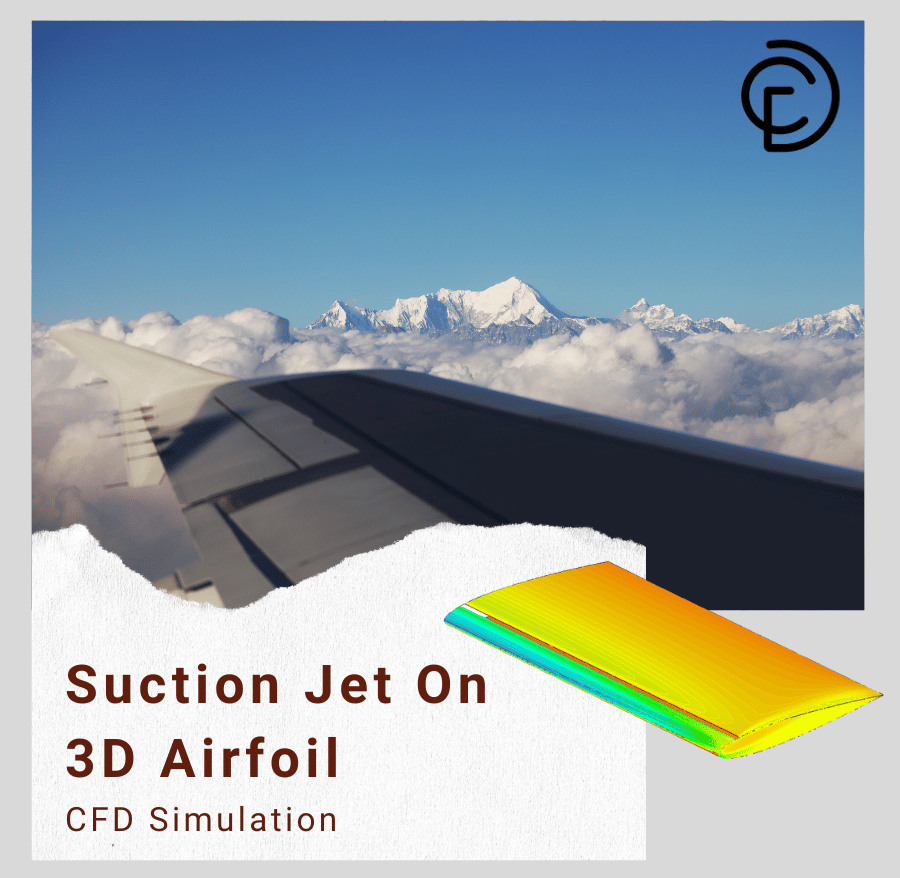
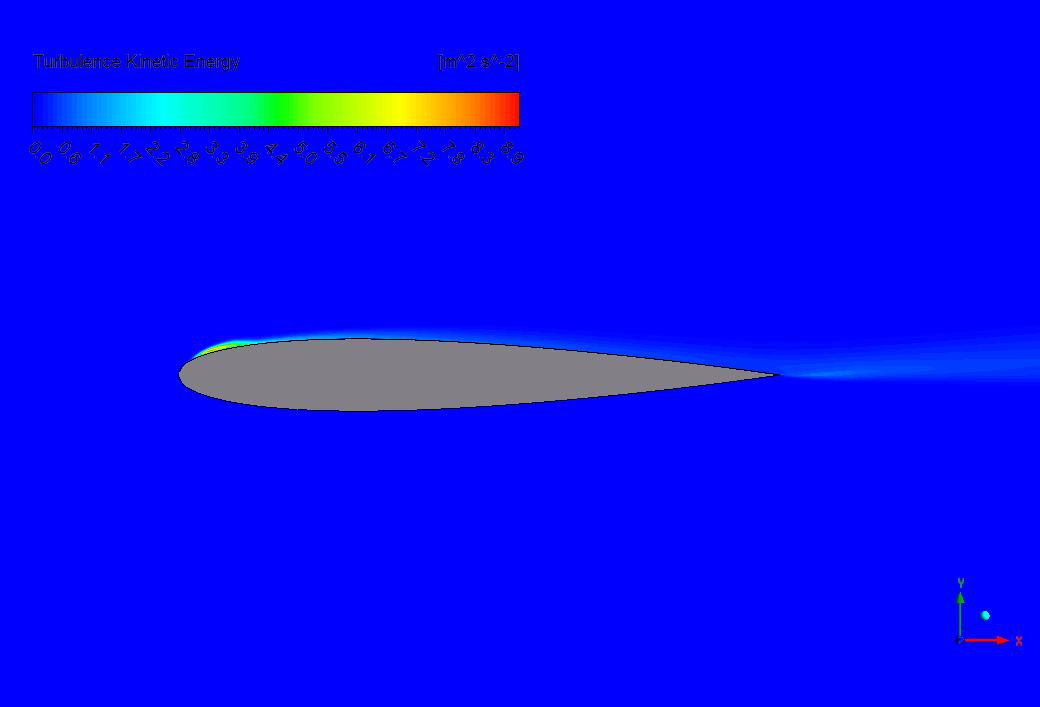
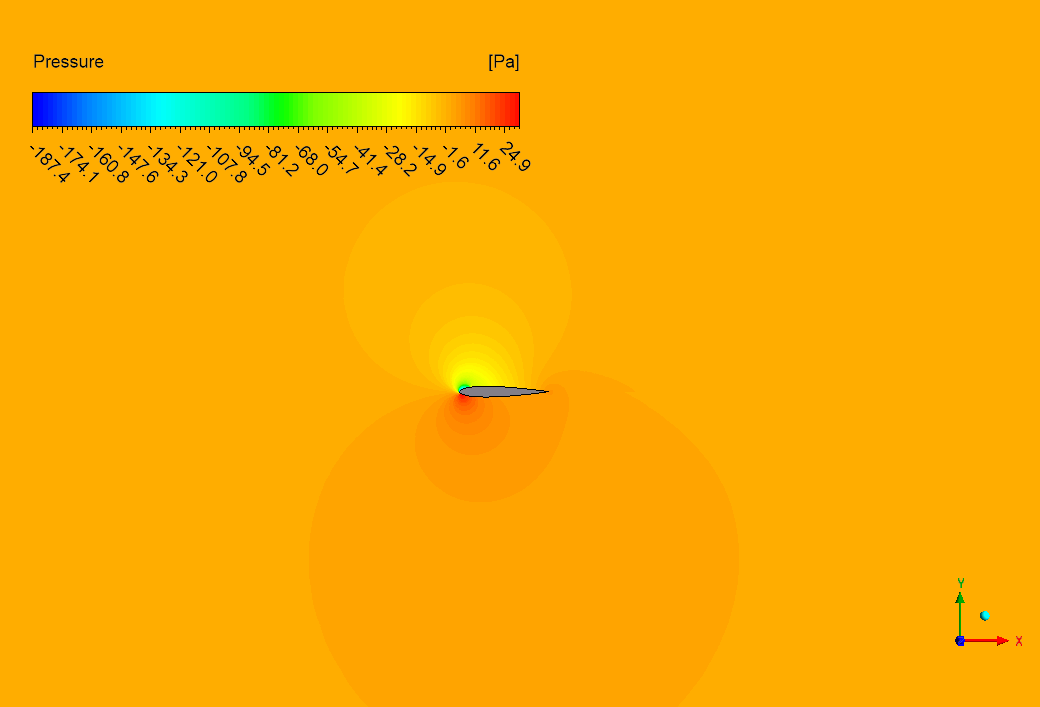
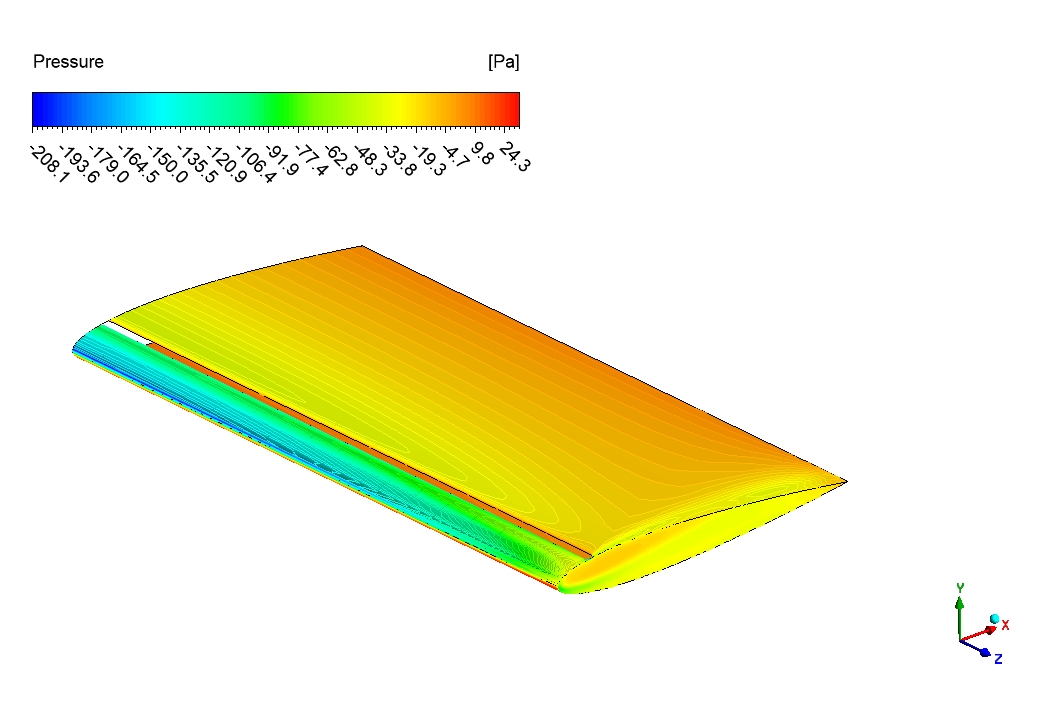
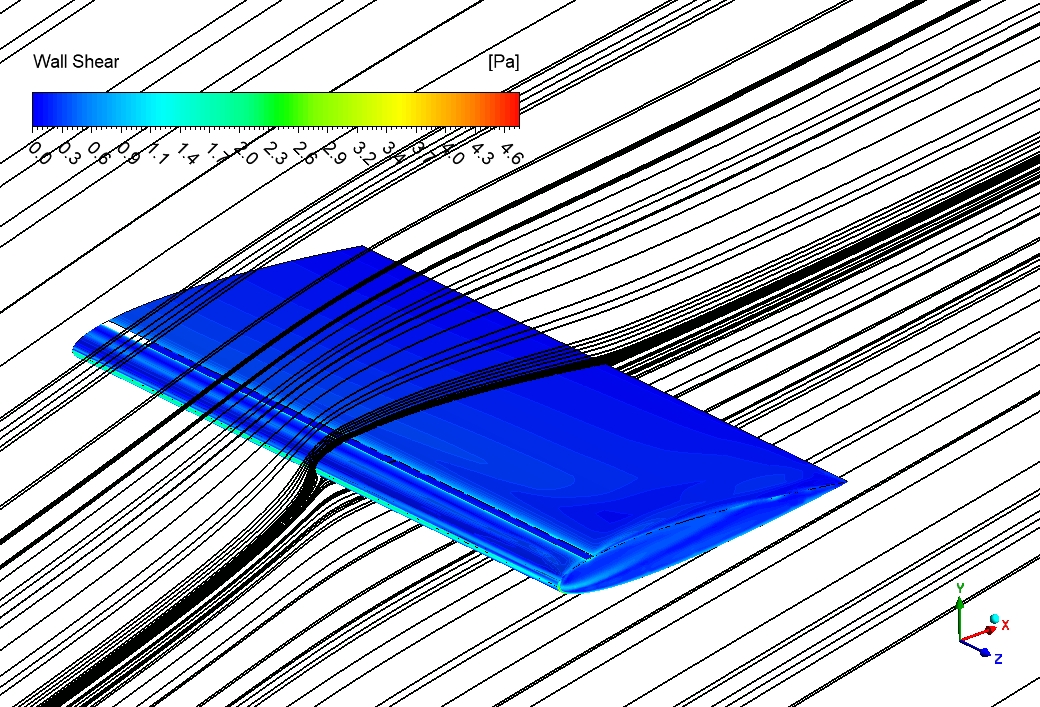
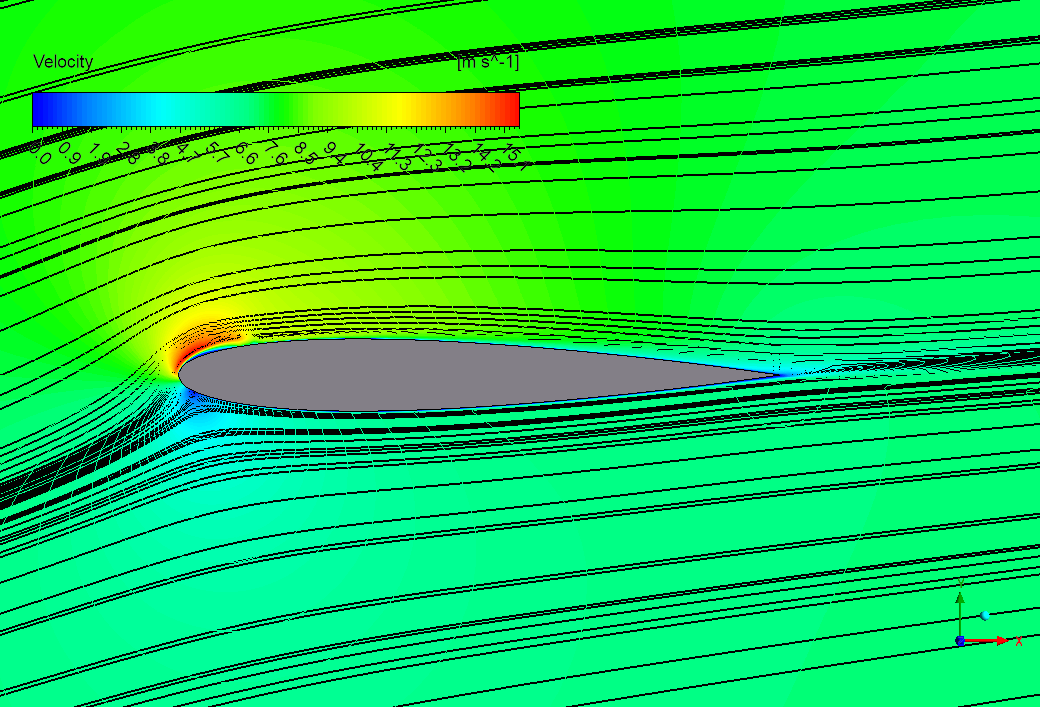
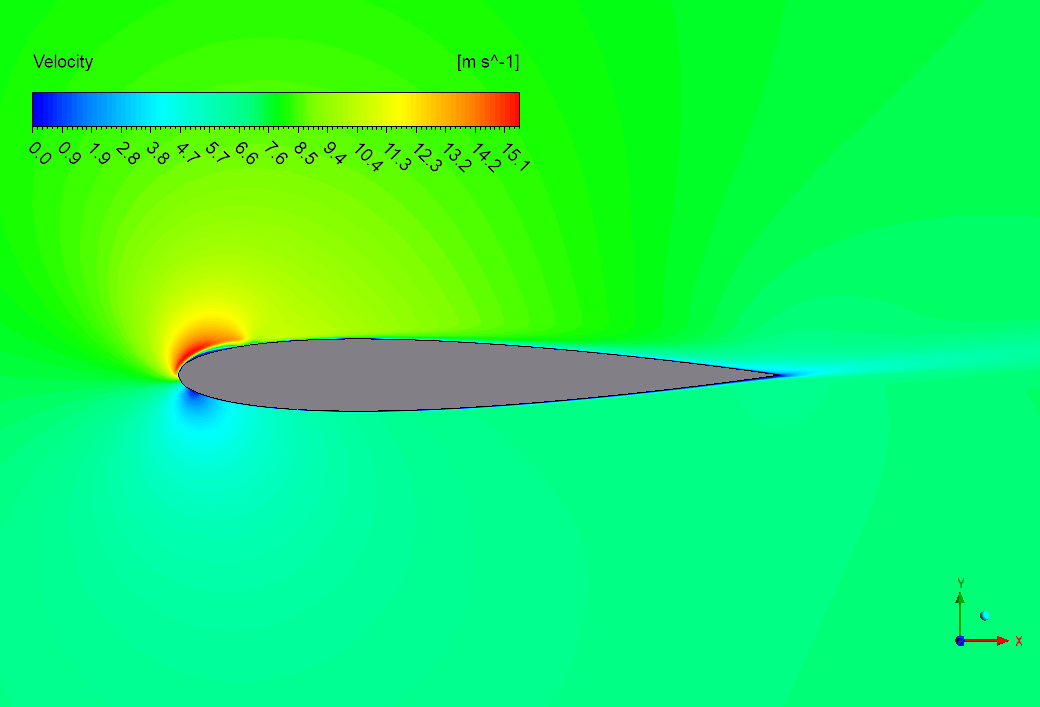
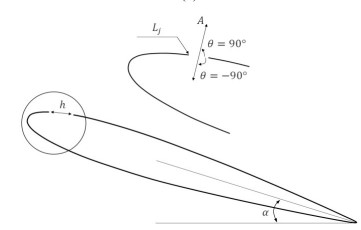
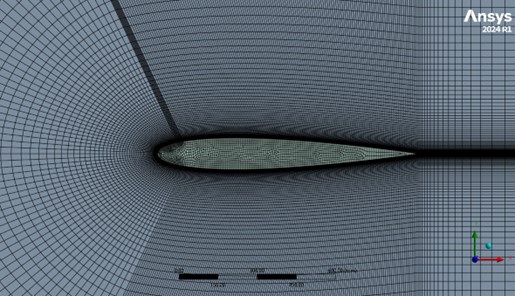
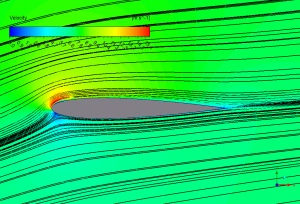






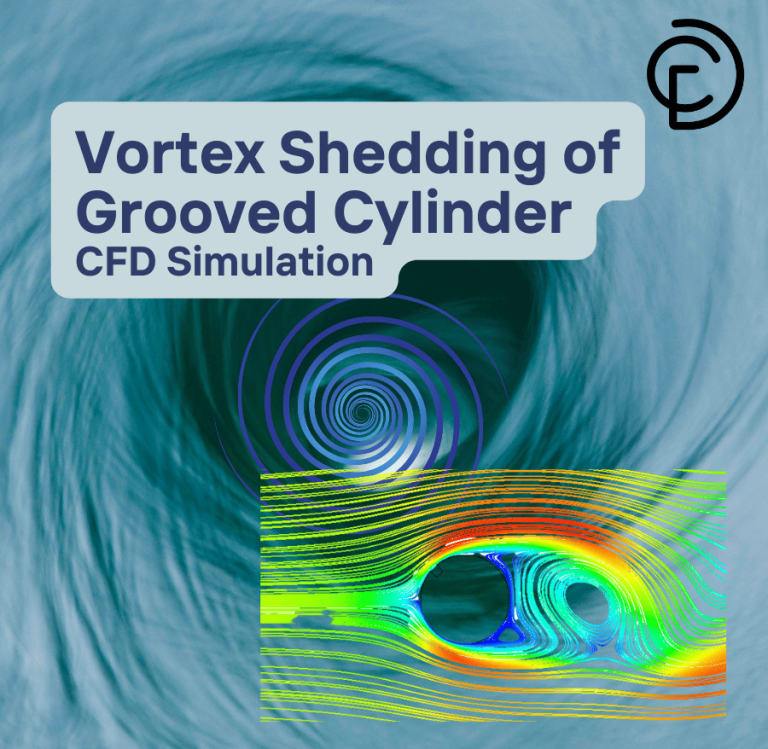
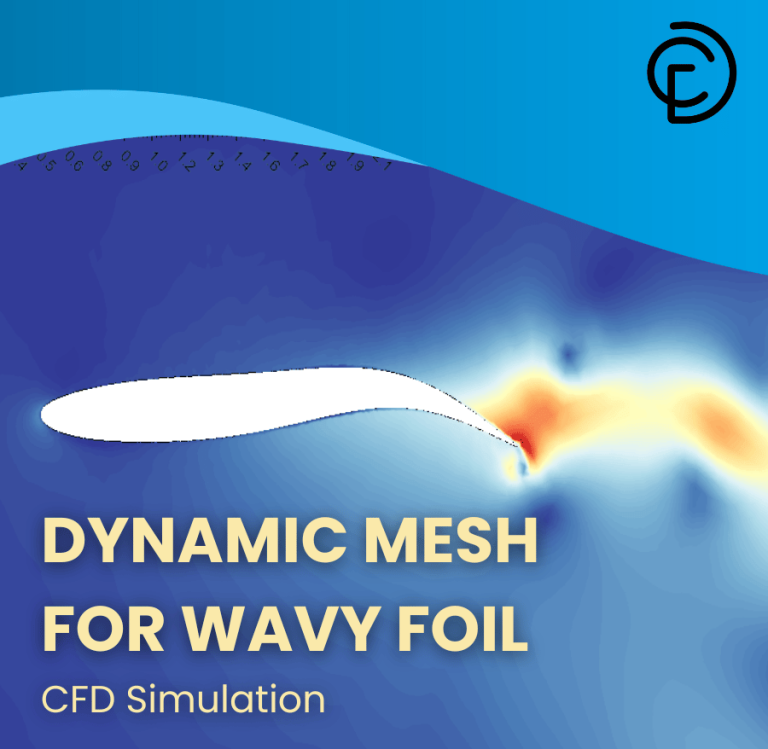
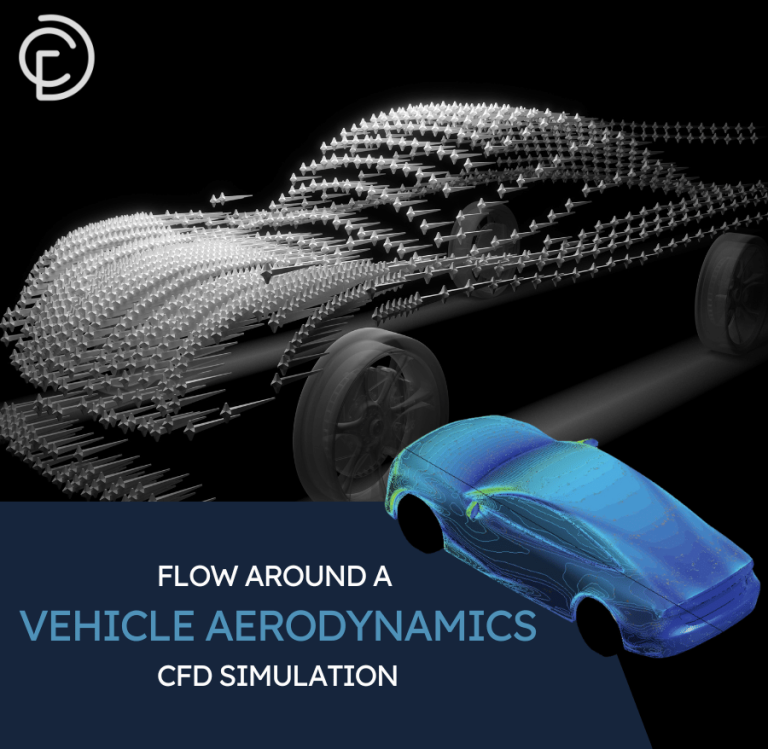
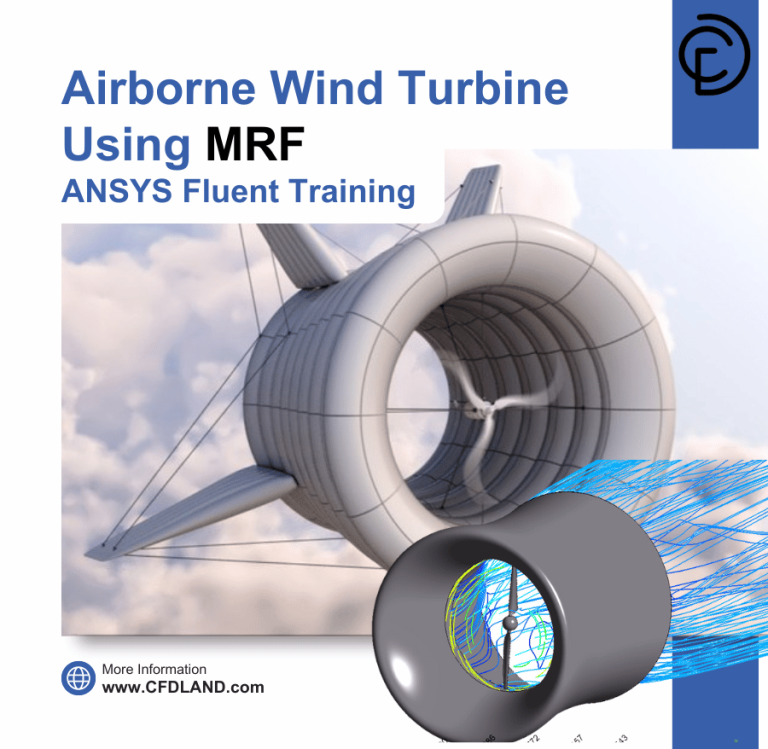

Reviews
There are no reviews yet.